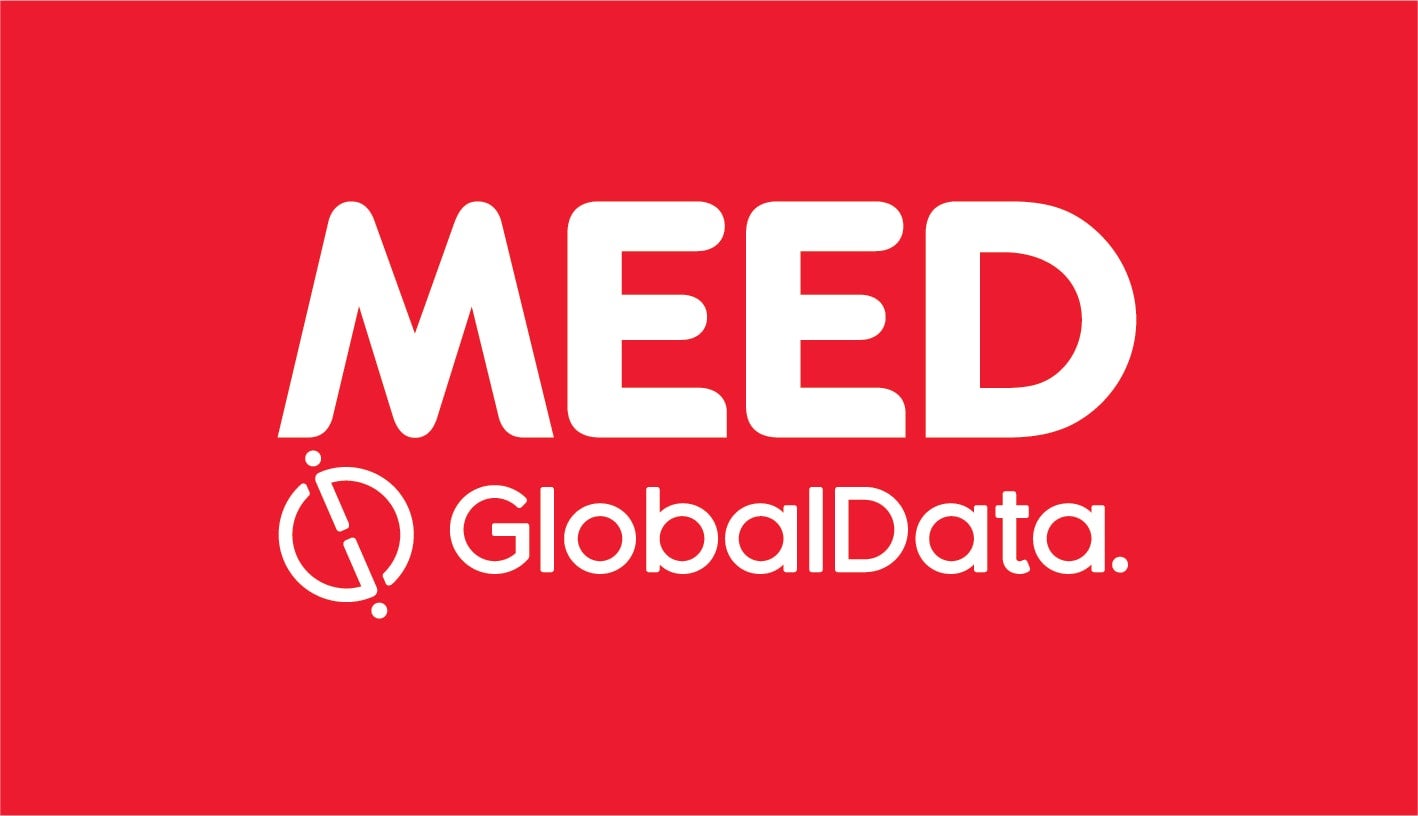NOTHING ARTIFICIAL ABOUT THE BENEFITS GAINED BY USING AI
To enhance and personalize customer journeys Taishin International Bank is using artificial intelligence (AI) Deep Learning, winning it the Outstanding Wealth Management Technology Initiative – Back Office trophy at the virtual PBI Global Wealth Awards 2021. The bank was also Highly Commended in the Outstanding Wealth Management Service for the Affluent category. The customer wealth management (WM) offering at Taishin uses AI algorithms, such a Long Short-Term Memory (LSTM), Light Gradient Boosting Machine (LGBM), and AutoEncoder to personalize optimal asset allocation. The system then moved on to managing the relationship with customers through accurate prediction and analysis of behaviors. The AI solution has two key benefits:
Enhanced customer experience (CX): delighting customers with personalized information and updates helps win and retain clients.
Sales efficiency: better targeting and personalization leads to better results.
Taishin initially used LSTM, supplemented by an attention mechanism, to construct a personalized asset allocation module in the customer WM system. Its next goal was omni-directional customer management and to build a customer relationship management (CRM) module, which it began early this year. Through accurate customer segmentation and forecasting activity, the bank can now truly understand customers’ needs and keep them happy to everyone’s mutual benefit.
A usage example might include analyzing a customer’s past data and then using the AI to quickly calculate their risk preference, saving them having to answer a series of questions. It then feeds that information into managers or digital channels to provide optimal asset allocation recommendations. Frequent, deeper and more productive reviews about the health of asset allocations are also now much easier to perform, deepening the relationship.
Technology
The use of AI powered bidirectional Long Short-Term Memory (LSTM) ensures a two-way time series is reliably learned by the machine at Taishin, but the bank also uses the LGBM framework and AutoEncoder algorithm, which is often used in image recognition, to retain the most prominent features in customer images. This helped construct the CRM module in the second phase of the project.
LGBM: was developed by Microsoft. It is a framework that implements the GBDT algorithm and supports high-efficiency parallel training. Compared with the tech famous XGBoost algorithm, LGBM has some advantages, such as faster calculation speeds and it uses less memory.
AutoEncoder: is a model that automatically learns the features in data through a neural network to achieve specific tech functions, such as Dimension Reduction, Data Denoising, and so on.
The two technologies are used to predict the time point of customer demand and the degree of customer activity in the next month, allocating resources, data and campaigns accordingly. Real-time warnings are given about the threat of customer churn, based on past learnings, so action can be taken to prevent customer loss. A feedback loop continuously improves CX and customer ‘stickiness’. The fact Taishin has the highest number of digital customers in Taiwan and therefore the richest customer behavior data and transaction set of information helps ‘feed’ the AI. The bank also collects a large amount of internal and external data, including external behavior tags, public information, and so on to construct its comprehensive customer database, which is of course plugged into the AI to power its forecasting, accuracy and operation.
It has been rolled out across all corners of the WM unit. An immediate benefit was the system brought in NT$85 million (US$3m) in revenue to Taishin throughout 2020 and, of course, since the CRM module was introduced this year these figures are going up all the time. Efficiency and automation capabilities have also improved.
Future plans include a more formalized and powerful product recommendation engine. It will build on its existing use of Factorization Machine and the Transformer algorithm to examine customers’ click behavior on mobile banking to refine the bank’s offering to align with best-in-practice systems such as YouTube’s video recommendation engine. Development work here should increase accuracy, targeting and results.
An expansion of data sources and new variables, such as text mining on corporate announcement documents, automated examination of financial news reports, community articles on social media and other unstructured data sources, plus stock data from domestic and foreign exchanges will further optimize investment portfolio risk identification and dissemination. Feeding the AI delivers better results.
Outstanding WM service
Taishin was also Highly Commended in the Outstanding Wealth Management Service for the Affluent category at the PBI Awards 2021 for its overall offering, its diverse investment options, and its use of ‘big data’ powered analytics to tailor make products for clients based on their existing behaviors. The AI application is just a further amplification of what was already a pre-existing strength of the company.
The loyalty program of the bank was particularly noteworthy as well. It spans all sections of the bank, including an elite customer program that offers US$2,700 worth of membership privileges via premium card rights, banking and foreign exchange (FX) transaction reductions, and exclusive offerings such as the chance to attend music, fashion or art events and meet performers. The Emerald member service also offers high-net worth (HNW) customers access to private banking services, Michelin starred restaurants, and so on.
For the mass market, and to feed the WM affluent value chain described above, there was also a revamped Loyalty Program 2.0 for the general bank last year to earn Taishin Points, which could be earned via debit card usage, mobile or online banking activities, bill pay, loan or other such activities. Points could be redeemed, at a rate of 1 point being equal to NT$1, for travel, hotel, coffee or shopping vouchers. Point could also be turned into cash, which was no doubt useful during the Covid-19 pandemic.
